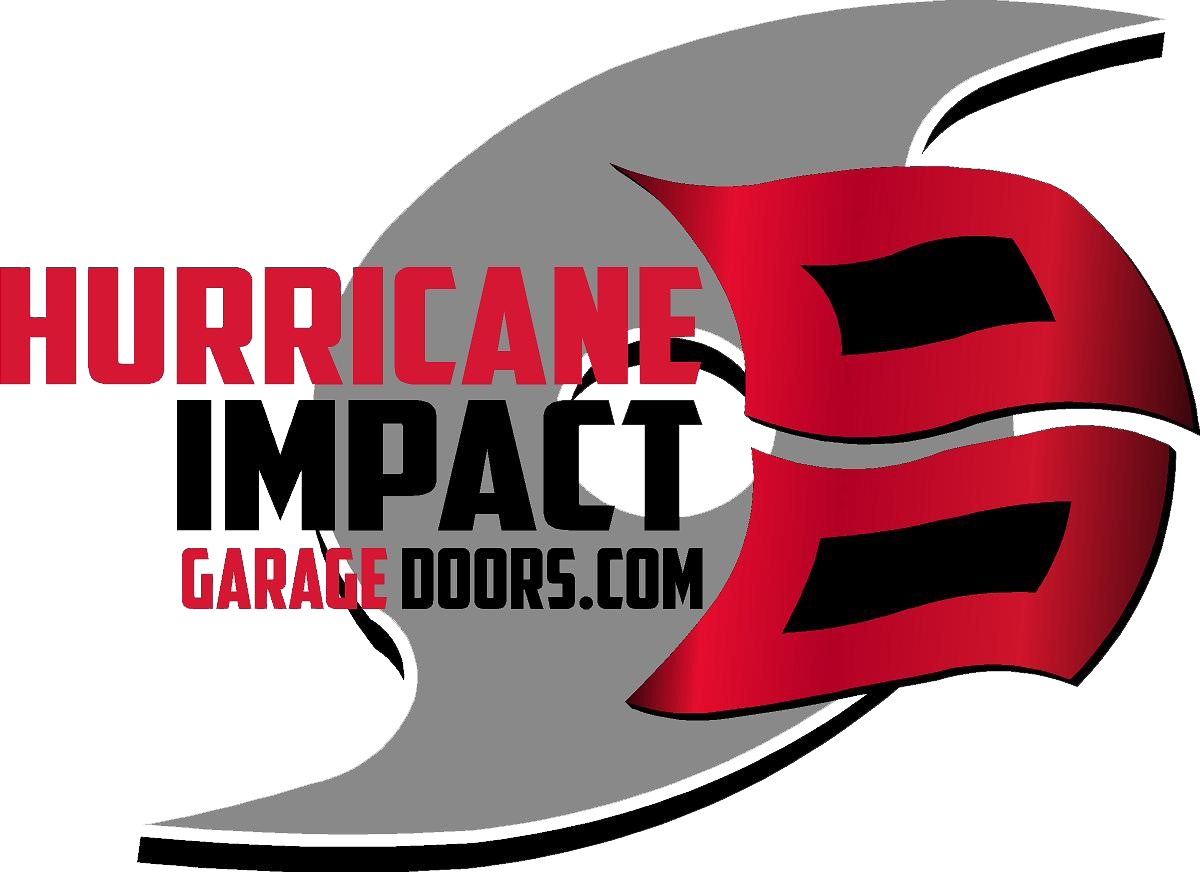EMERGENCY SERVICE 24 HOURS A DAY!
Rain, Wind, or Hurricanes- Hurricane Impact Garage Doors.Com is there when you need us!
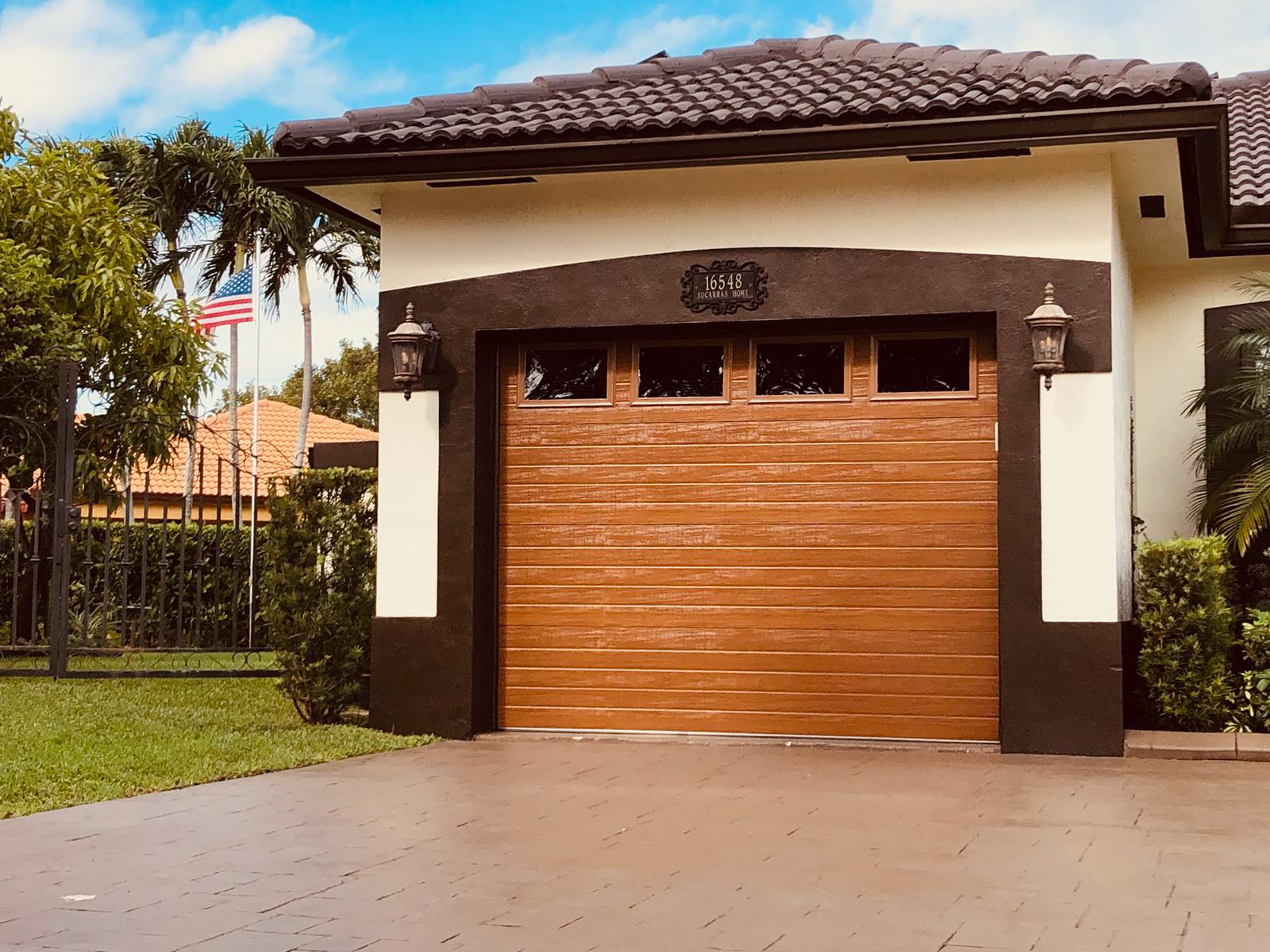
Hurricane Impact Garage Doors.com repairs and services all brands of garage doors and openers. We can fix broken springs, doors off track, doors not closing, add support to bent sections, and even program remotes. Our skilled technicians will take care of all your garage door service and repair needs. In most cases, they will be able to repair your garage door or opener during your consultation. Your time is important to us, so our technicians are fully equipped to handle numerous repairs, eliminating the need for a second appointment.
Garage door problems may occur at the least convenient moment. If you have a garage door emergency, you may not have the luxury of waiting until standard business hours to address it. A broken garage door can be dangerous and create havoc on your schedule. That is why we are available 24 hours a day, 7 days a week, 365 days a year. Our office staff is always here to answer your call and dispatch experienced local technicians to swiftly resolve your garage door emergency. We look forward to providing you the highest quality service and solutions.
If Your Door is Worn
Call Hurricane Impact Garage Doors.Com!
Residential and Commercial Garage Door Repair
New Garage Doors, Garage Door Openers, Repair, Service, & Installation
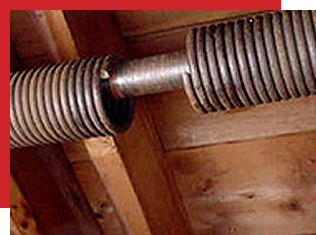
BROKEN SPRINGS
When a spring breaks, the full weight of the door is released and it is extremely heavy and dangerous to attempt to lift or maneuver the door. If you notice your garage door isn’t operating the way that it should, it’s important to call for a repair in a timely manner.
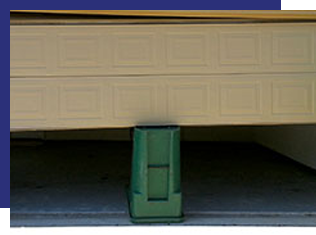
DOOR OFF TRACK
When a garage door jams inside the track, usually at an angle, it is considered to be “off track”. Sometimes rollers will fall off the garage door if the force of this occurrence bends the door at an unnatural angle. Bent tracks are commonly caused by broken cables.
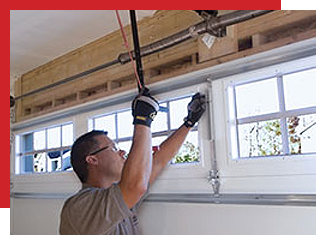
SAFETY CHECK
No other entry to your home gets used as much as your garage door. Most American homes use their garage door nearly 1,500 times a year. That’s an average of 3 to 4 times a day. A properly maintained garage door provides your family with a secure passage.
The tracks follow the wall and ceiling and are what your door’s rollers glide along when opening or closing. If this track is bent or damaged, it can cause the door to shift during its glide. This will put undue pressure on the other moving parts and cause additional damage to your garage door and opener system. Early repairs of bent tracks are critical to minimizing long term expenses caused by damage sustained by the greater garage door components.
The astragal seal at the bottom of your garage door serves two main purposes. The seal cushions the door as it closes and also acts as a barrier to keep water, leaves, bugs and cold air out of your garage. Once the rubber becomes worn down, cracking and shredding makes your garage susceptible to outside elements. Replace this seal as it becomes worn to ensure water resistance and prevent damage to your garage interior.
